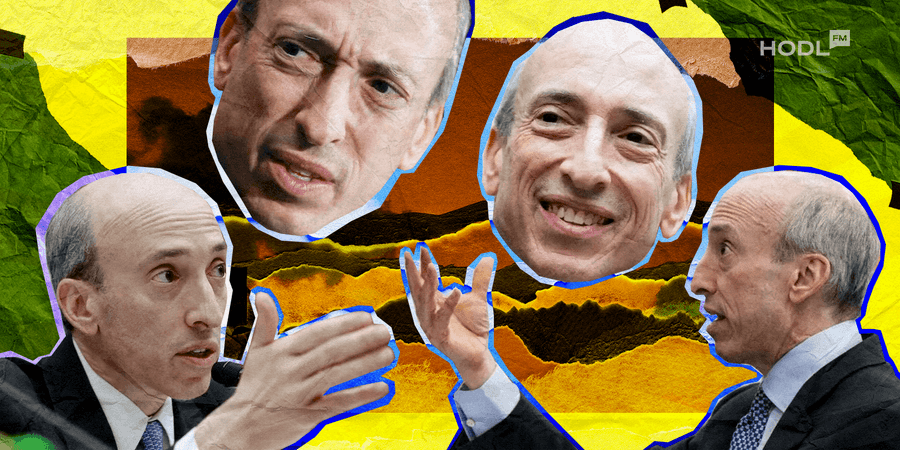Bitcoin’s recent 25% decline reflects a sudden tightening of U.S. dollar liquidity rather than changes in political messaging, according to Arthur Hayes, co-founder and former CEO of BitMEX.
In a column, he likens digital-asset markets to unpredictable winter storms in Hokkaido, where early-season decisions often must be made with incomplete information, a parallel to how traders interpret macroeconomic signals.
“Bitcoin is the free-market weathervane of global fiat liquidity,” Hayes writes, suggesting the asset primarily moves on expectations around future money supply.
From optimism to a pullback
After U.S. “Liberation Day” market turbulence on April 2, Bitcoin initially gained roughly 21%, boosted by fiscal stimulus and accommodative policy signals.
A decline in Bitcoin dominance hinted at renewed interest in altcoins such as Ether.
Momentum slowed in the following months. By early October, Bitcoin had fallen approximately 25% from its all-time high, reflecting tighter dollar liquidity rather than any change in political stance. Hayes notes that his proprietary USD Liquidity Index fell 10% since April, even as Bitcoin gained 12% during the same period, highlighting a divergence between liquidity conditions and short-term price movements.
ETF flows and market dynamics
Inflows into spot Bitcoin ETFs and purchases by Digital Asset Treasury (DAT) companies temporarily supported prices. However, much of the ETF activity was driven by hedge funds executing basis trades, buying spot ETFs while shorting CME Bitcoin futures to capture spreads. As spreads narrowed, these positions were reduced, causing notable outflows.
At the same time, DATs slowed their buying as share premiums fell relative to net asset value. Without these flows, the market would have adjusted sooner to reflect the underlying contraction in liquidity.
Since early October, U.S. Bitcoin ETFs have shown signs of weakness, with a few positive days, but mostly net outflows reaching up to -$700M per day.
— glassnode (@glassnode) November 11, 2025
This trend points to a broader de-risking phase among ETF investors.
📉https://t.co/BIeP5pVLcm https://t.co/yikswnnfPW pic.twitter.com/x0aUHYaxSa
BTC: US Spot ETF Net Flows [BTC]
A new driver for Bitcoin. Liquidity, Not Halving
Recent commentary from Arthur Hayes suggests that Bitcoin may be entering a fundamentally different regime, one where monetary policy, rather than its four‑year halving cycle, dictates market behavior. According to his analysis, past bear markets (like those in 2014, 2018, and 2022) coincided not just with halvings, but with tightening dollar liquidity.
Hayes argues that the traditional four-year cadence, once the backbone of Bitcoin cycle predictions, no longer holds. In his view, the recent macroeconomic environment diverges sharply from earlier cycles: global monetary authorities are leaning toward further easing rather than contraction.
He points to policy shifts in the U.S., Japan, and China. In the U.S., for example, the Fed recently cut interest rates and may ease further. At the same time, new political leadership and macro strategy in Japan and China hint at sustained liquidity injection rather than restriction.
Hayes believes this liquidity-rich backdrop could keep the bull market alive, even though many traders expect a downturn tied to the April 2024 halving. He concludes with a succinct policy-driven thesis: global money printers are still running, and Bitcoin will benefit in anticipation.
The role of policy in market trajectory
The future direction of Bitcoin depends on whether policymakers inject new liquidity into the system. Political pressure, particularly ahead of the 2026 midterm elections, may encourage stimulus despite public inflation-control rhetoric.
Short-term pauses in money creation are expected, and Bitcoin may need to retrace further to reflect these conditions. Over the long term, renewed liquidity could support recovery, emphasizing the importance of monitoring macroeconomic signals rather than focusing solely on headline policy developments.

Disclaimer: All materials on this site are for informational purposes only. None of the material should be interpreted as investment advice. Please note that despite the nature of much of the material created and hosted on this website, HODL FM is not a financial reference resource and the opinions of authors and other contributors are their own and should not be taken as financial advice. If you require advice of this sort, HODL FM strongly recommends contacting a qualified industry professional.




